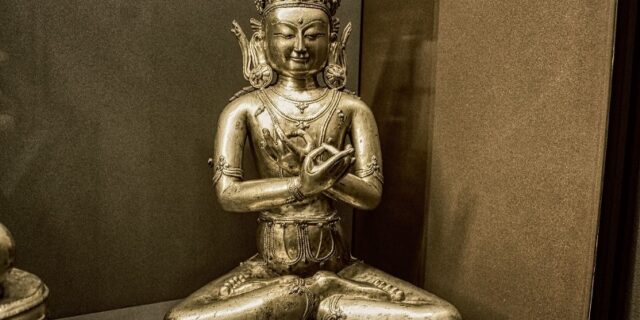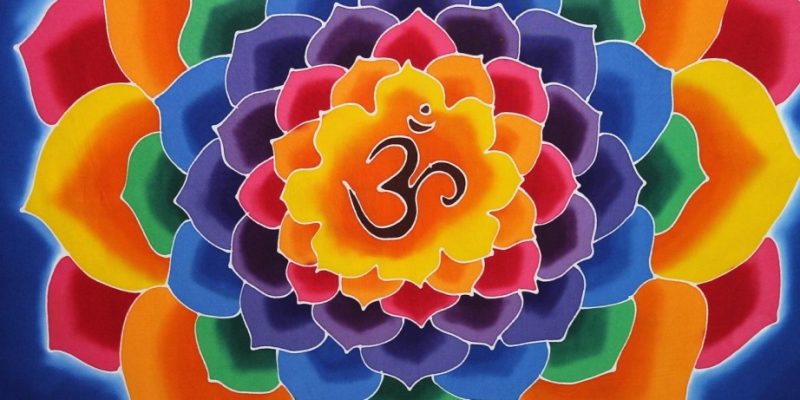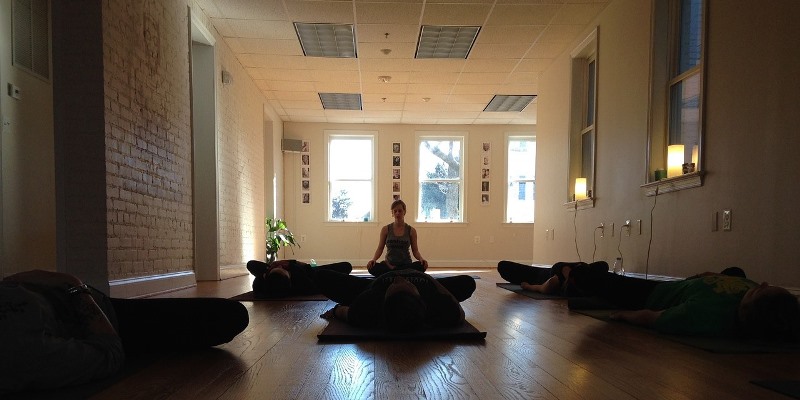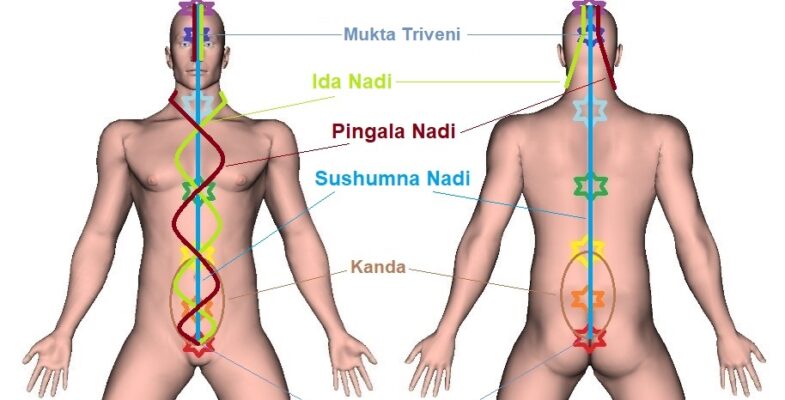
Over time, there have been many endeavors to categorize Yoga in types and styles, but until today there’s no authoritative classification, and probably there will never be.

Yoga is not only a very ancient practice, with many different paths, directions, schools and lineages, but it’s perhaps also too vast a discipline to really map into a consistent picture.
In fact, Yoga touches all aspects of being and living, and a huge spectrum of Yoga types, styles, modalities, and specializations have been developed accordingly.
Nevertheless, there are quite some classifications used in the Yoga community, and we will guide you through some of those. Please mind that this is just a limited overview.
Maybe it sounds perhaps somewhat exaggerated, but the possible variety of classifications (or categorizations) is nearly as large as the number of individual Yoga modalities.
Bhagavad Gita – Three Yogas (Trimarga)
The Bhagavad Gita is a holy Hindu scripture that is part of the Mahabharata texts. It’s dated in the first millennium BCE and is considered a synthesis of the spiritual knowledge of that time.
Although it depends a bit on the interpretation of the Bhagavad Gita, it’s generally acknowledged that it considers three main paths (or margas) of Yoga: Karma Yoga (Yoga of Right Action), Bhakti Yoga (Yoga of Devotion), and Jnana Yoga (Yoga of Knowledge).
Dattatreya Yoga Shastra
The Dattatreya Yoga Shastra (also called Yoga Shastra) is a Hindu scripture most likely written in the 13th century CE. It’s a text about Yoga, which divides it in three distinct paths: Mantra Yoga (Yoga of Recitations), Laya Yoga (Yoga of Extinction), and Hatha Yoga (Yoga of Force).
Shiva Samhita
In the Shiva Samhita, a Hindu Sanskrit text on Yoga (thought to be written somewhere between the 14th and 17th century CE), Yoga is classified in four types: Laya Yoga, Mantra Yoga, Hatha Yoga, and Raja Yoga (Yoga of Meditation).
Swami Vivekananda – The Four Branches of Yoga
Another classic categorization is the one from Swami Vivekananda (1863 – 1902), who considers Jnana Yoga, Karma Yoga, Bhakti Yoga, and Raja Yoga the four types (or branches) of Yoga.
Ayush
Ayush is the abbreviation of the official Indian Ministry of Ayurveda, Yoga & Naturopathy, Unani, Siddha and Homoeopathy (AYUSH). According to AYUSH, Yoga works on the level of one’s body, mind, emotion and energy.
As such, this has given rise to four broad classifications of Yoga: Karma Yoga where we utilize the body, Jnana Yoga where we utilize the mind, Bhakti Yoga where we utilize emotion, and Kriya Yoga where we utilize energy. Each system of Yoga falls within the scope of one or more of these categories.
Traditional and Modern Yoga
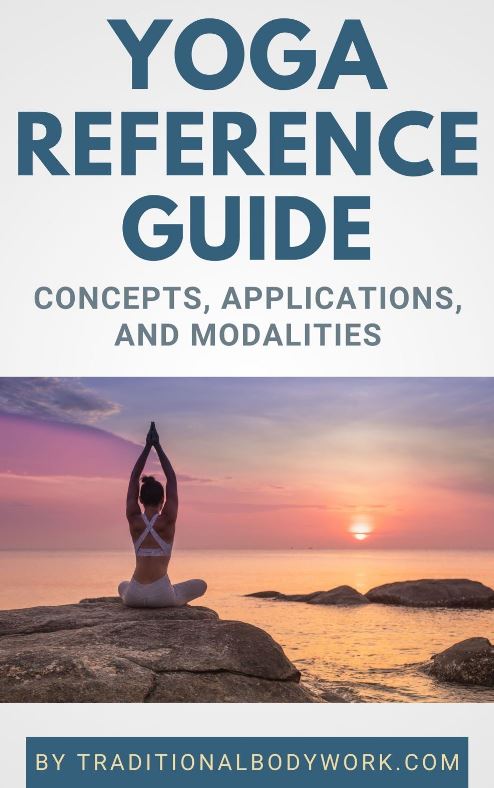
Then there’s the classification between traditional (classical) and modern Yoga modalities.
In this case, Traditional Yoga is seen as a type of Yoga that is primarily applied with an ethical and spiritual aim. Modern Yoga, by contrast, is typically considered Yoga as Exercise or Yoga as Therapy, that is, it rather focuses on physical benefits and is strongly associated with practicing Asanas (Yoga postures).
Another perceived difference between Modern Yoga and Traditional Yoga is the way it is practiced, that is, Modern Yoga is done rather as an isolated activity (e.g. a few hours per week), and Traditional Yoga is typically a complete lifestyle deeply integrated with one’s life path.







